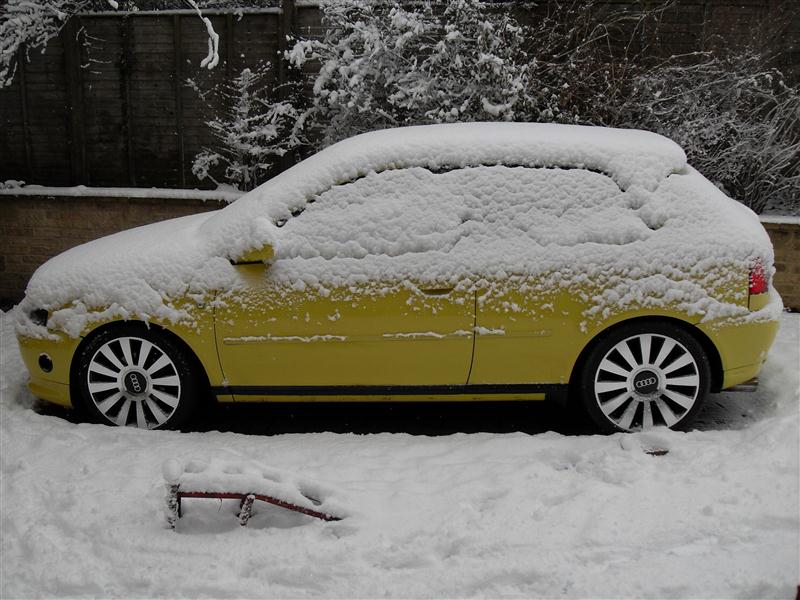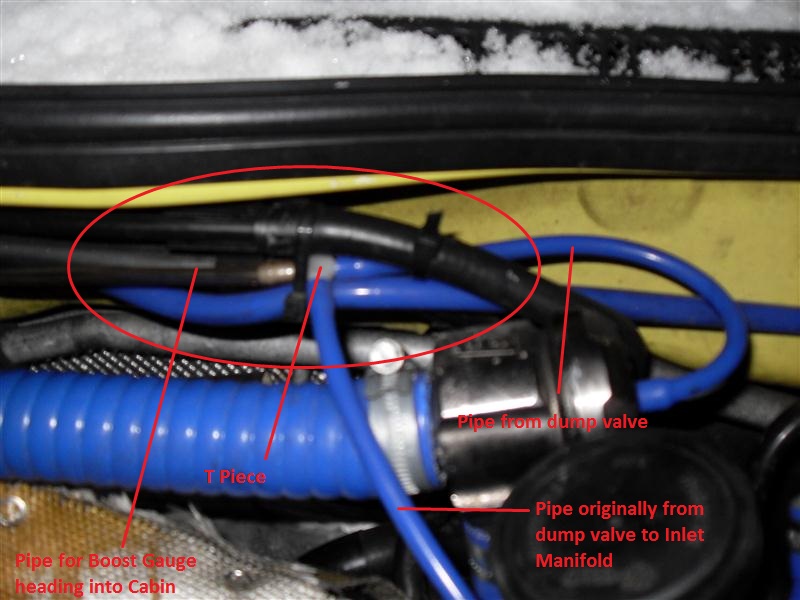I wouldn't do that personally for 3 reasons.
Firstly, with respect Sandip, I disagree. It's a feed from the inlet manifold which carries vac/boost pressure. Whilst there may be a minor (and I mean minor) difference, it's not enough to be able to tell the difference from a boost gauge, which are difficult to get a super accurate reading from anyway due to size of gauge vs size of needle. It's a feed from the same place, so in all fairness it's never going to be that diferent, if different at all.
Secondly, boost gauges vary from gauge to gauge anyway, so the reading isn't likely to be 100% accurate.
Thirdly, it has always concerned me with piping into the FPR pipe in case of fault/split in the hose or T Piece. If this happened (likely that it won't but thats never certain), this means that, aside from boost loss, the FPR wont be fuelling the engine correctly as it won't be getting correct pressure reading from the inlet manifold. This in turn causes fuelling issues (generally makes the mixture lean - Lean = Ultimate enemy) which in turn could cause running problems/loss off power/detonation. All of these things being side effects of boost gauge installation I would image that you wish to avoid. A split in the DV vac hose will only ever cause loss of boost and cause a sluggish response from the DV which you would notice immediately. Low pressure to the FPR isn't so easy to spot and can cause much worse problems.
Not slating you Sandip, I'm really not, just that I reviewed all of the options for Boost Gauge install when I fitted mine, and chose to pipe mine to DV pipe. Just giving my 2 cents....










